
How are-rickshaws made? To answer this question, we prepared an overview of the e-rickshaw manufacturing process steps. These include stamping out the body parts, welding them together, painting the welded components, parts assembly and, as the final step of the e-rickshaw making process, carrying out various tests and adjustments to ensure functionality and quality.
What is an E-rickshaw?
An e-rickshaw (or electric trike) is a three-wheeled battery-powered vehicle used for transporting goods or passengers. E-rickshaws are very popular in China and countries across Southeast Asia and Africa.
Many businesses use them for commercial purposes, and individual owners use them for household chores. For example, in China, most courier companies distribute packages, letters, and other deliveries on electric trikes. In Southeast Asia, people rely on electronic e-rickshaws for daily transportation.

Advantages of E-rickshaw
E-rickshaws offer flexible mobility, simple maintenance, and affordability. They fit on narrow roads to make motorized access possible in tight spaces. In addition, electric rickshaws can move in reverse, making them a fantastic option for neighborhood deliveries in large cities or locations that are hard to reach.
They are an ideal solution for short-distance transportation needs for families, small businesses, and factories, mines, and logistics companies. The diverse applications of the battery powered rickshaw make it a great option for people who need reliable transportation in both rural and urban settings.
E-rickshaw Manufacturing
In the e-rickshaw factory, engineers first design the desired type of the vehicle. Most often, though, the design is already established. This then forms the basis for subsequent production requirements or improvements. After sourcing the required materials, the fabrication process cans begin. The e-rickshaw fabrication process, from when the body parts are stamped to when the finished rickshaw it tested are explained in detail below.
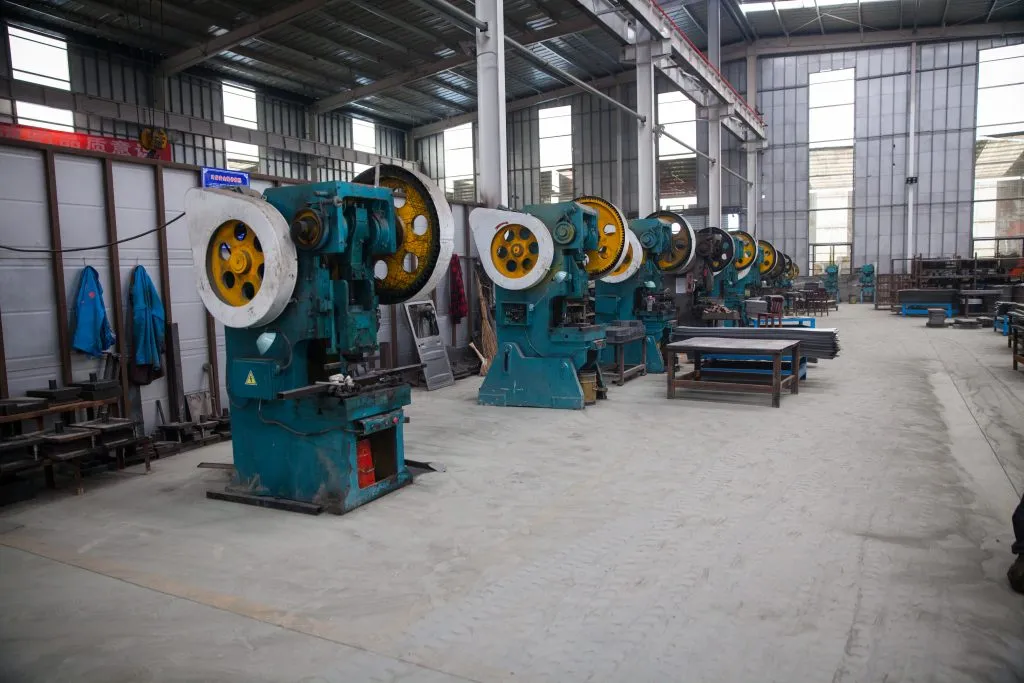
E-rickshaw Manufacturing Process
E-rickshaw manufacturing process involves five core steps. They are:
• Stamping
• Welding
• Painting
• Assembly
• Testing and adjustments
1. Stamping E-rickshaw Body Parts
Stamping is the first step of the E-rickshaw manufacturing process. First, raw steel is cut to size on a cutting machine. The sheets are then punched and trimmed. Each part has a specific mold that attaches to a press machine that, then, stamps out the correct shapes. The quality of the molds is critical to manufacturing strong and durable parts.
According to statistics, 60%-70% of the parts of e-rickshaws are made using stamping technology. Therefore, stamping technology has an important impact on product quality, production efficiency, and production costs. Stamping is a metal processing method based on metal plastic deformation. It uses die and stamping equipment to apply pressure to metal sheets that produce parts with a certain shape, size, and performance (pressed parts).
The stamping process can be divided into two major types: separation process and forming process. Here’s a closer look at the stamping process:
• Punching: The stamping process separates parts from the original metal sheet (this includes punching, dropping, trimming, cutting, etc.).
• Bending: Stamping transforms the metal sheet into precise angles and shapes along bend lines for easy separation.
• Stretching: Stamping also changes a flat sheet into various open-front parts or further changes the shape and size of the original piece.
• Partial Forming: The press forming process molds the metal into custom parts (this includes flanging, expanding, leveling, and shaping).
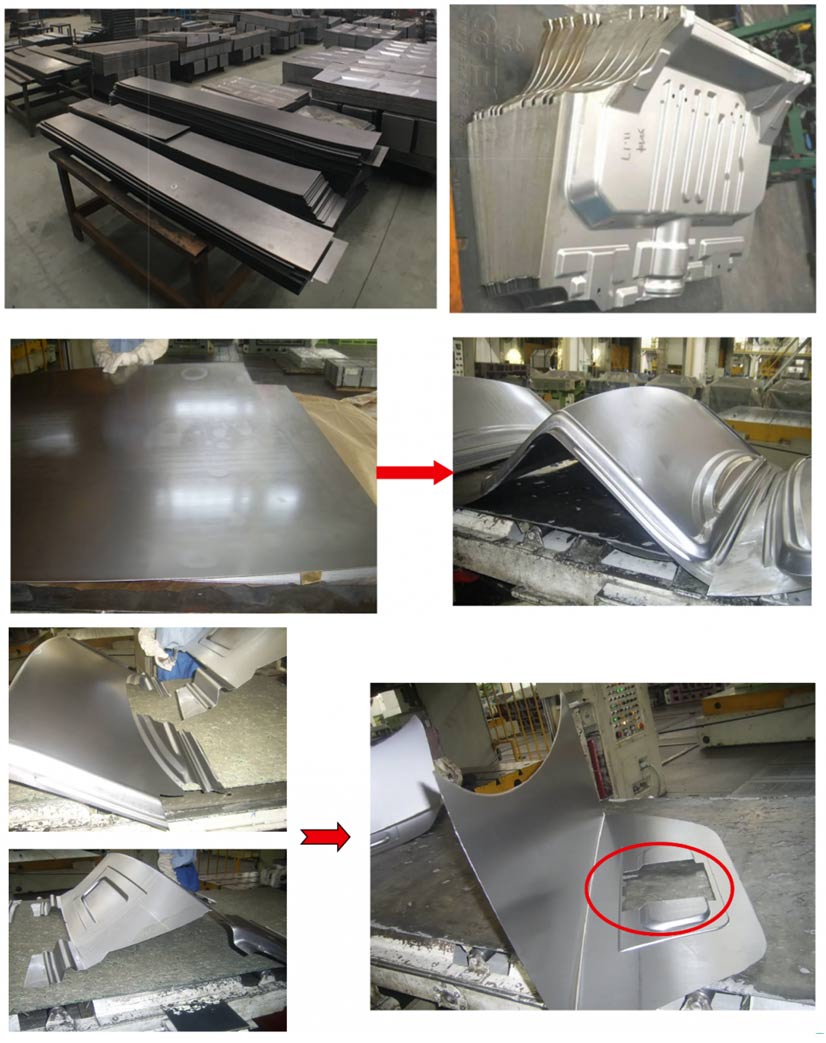
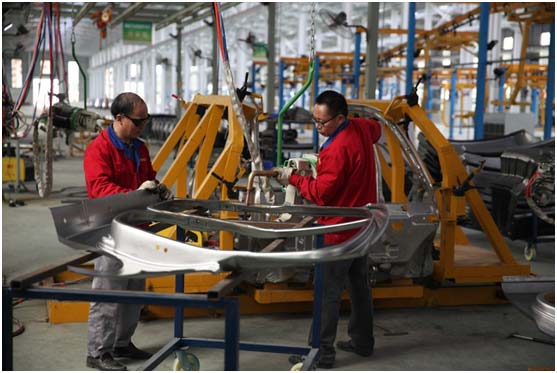
2. Welding E-rickshaw Body Parts
The stamped body parts are heated and pressed together during body assembly. Spot welding is the most common type of welding used in e-rickshaw manufacturing because it improves the quality and strength of the tricycle body.
An e-rickshaw body is composed of thin plates that are assembled and welded together after stamping and forming. High-quality welding is the key to forming a sturdy rickshaw body. Assembly and welding are the foundation of the e-rickshaw body manufacturing process.
The e-rickshaw body shell is a complex piece made up of dozens of thin plate stampings joined by welding, riveting, mechanical linkage and bonding.
Since most of the materials used for e-rickshaw body stamping are low carbon steel with good welding properties, welding is the most widely used joining method in modern vehicle body manufacturing.
Tricycle bodies are composed of thin plates that are assembled and welded together after stamping and forming. High-quality welding is the key to forming a sturdy tricycle body. Assembly and welding are the foundation of the tricycle body manufacturing process.
The tricycle body shell is a complex piece made up of dozens of thin plate stampings joined by welding, riveting, mechanical linkage and bonding. Since most of the materials used for tricycle body stamping are low carbon steel with good welding properties, welding is the most widely used joining method in modern vehicle body manufacturing.
3. Painting E-rickshaw Body Parts
Painting serves two important purposes; the first is to prevent corrosion, and the second is to increase aesthetics. The painting process is complex and technically demanding because it prevents rust and ensures good long-term performance.
The main process includes: pre-treatment, primer, painting, and drying. The whole process requires a large amount of chemical reagent treatment and precise quality control. Specialized equipment and premium paints are necessary to guarantee the best finished products.
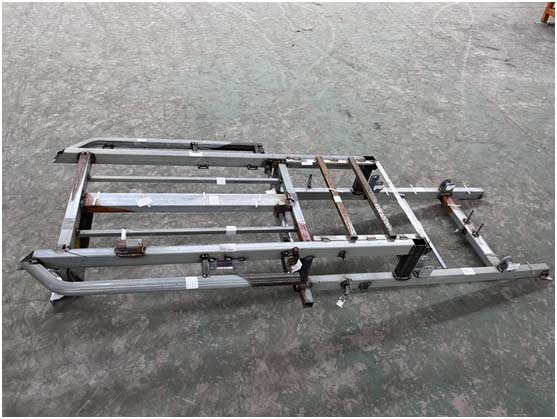

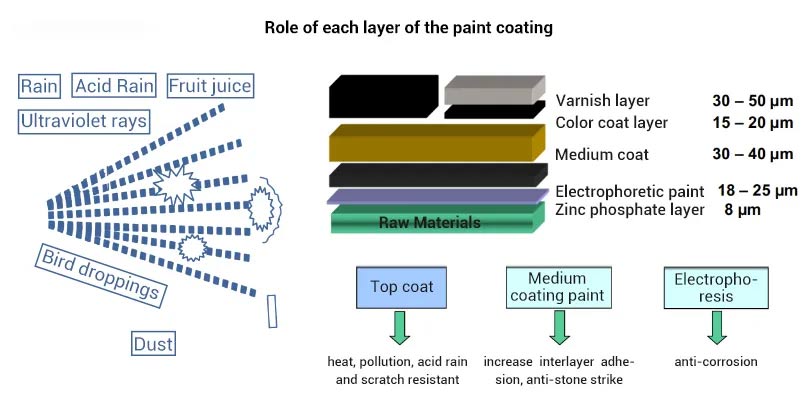
Painting Process
4. E-rickshaw Assembling
The vehicle can now be assembled using the already painted body parts and other components. The e-rickshaw assembling process is divided into four work sections:
• E-rickshaw Chassis Assembly:
Chassis assembly builds the entire vehicle wiring harness, including power lines, control lines, light lines, instrument lines, electronic control systems, tires, and the shock absorption system.
• E-rickshaw Body Assembly:
During body assembly, workers build the main body, cabin, the multimedia system, cushion back, seat belt, led lights, rear view mirror, and other accessories.
• Trim Assembly:
Trim assembly includes any trim parts, the dashboard, radio, fan, and other interior cabin features.
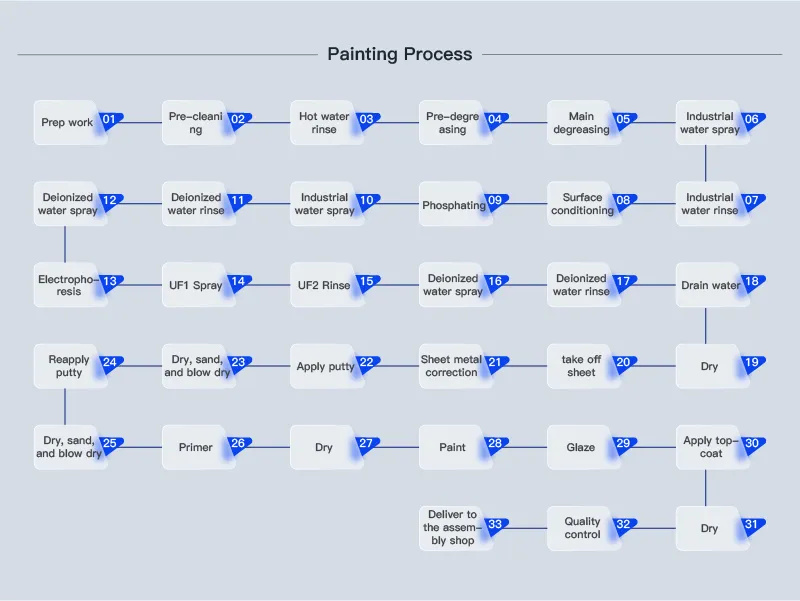
5. E-rickshaw Testing and Adjustment
This is the last stage of the e-rickshaw manufacturing process. Each finished e-rickshaw is inspected and tested before commissioning. Testing includes a road test, hill climbing tests, and electronics tests to ensure full functionality as the final step in the assembly process. Adjustments are then made as necessary, and any other identified issue corrected.

 Beiguan Industrial Park,Feng County,
Beiguan Industrial Park,Feng County,
Xuzhou City,Jiangsu Province,China
 +86-631-6079990
+86-631-6079990
 sales01@lilong-autobike.cn
sales01@lilong-autobike.cn
